New Creative Director Pierpaolo Piccioli finally delivered his debut collection. This highly anticipated debut could be seen as Balenciaga's long-awaited "emotional shift."
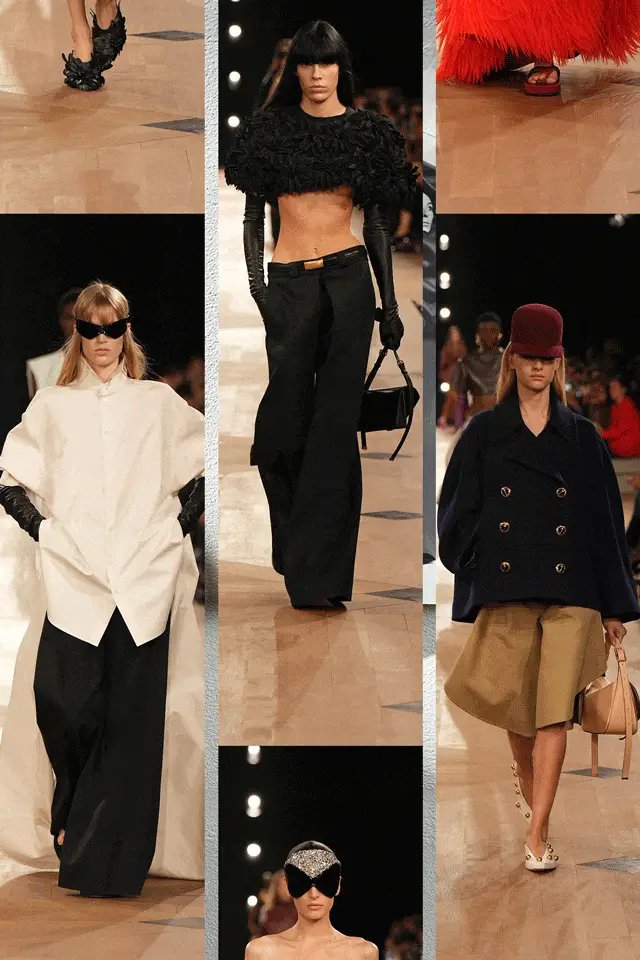
Titled "Heartbeat," for Pierpaolo Piccioli, this season felt like a sacred ritual to revive Balenciaga's iconic DNA.
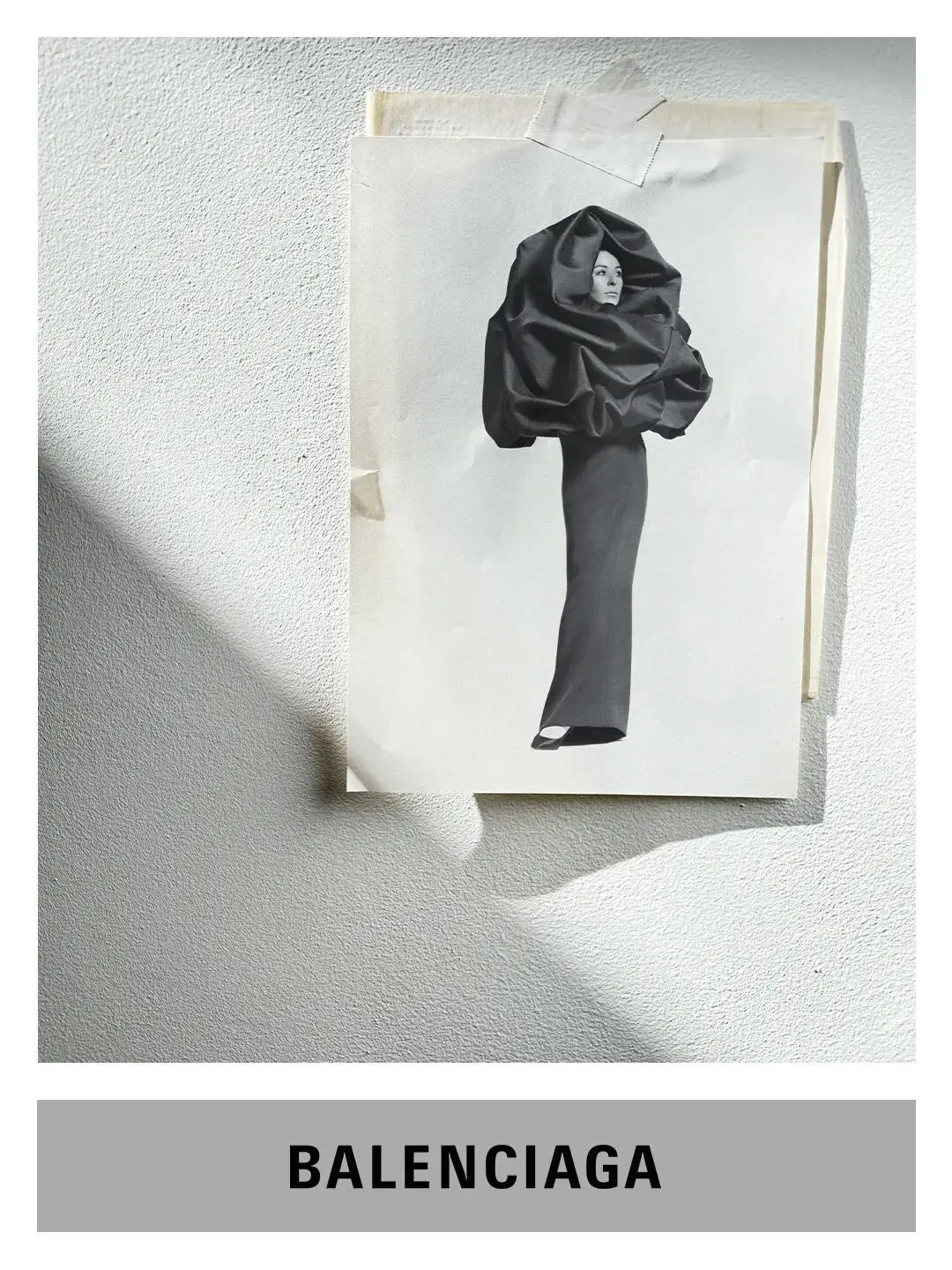
Pierpaolo Piccioli officially moved to Paris in May of this year. Upon entering the world of Balenciaga, he was inspired by the archives of the house's founder, Cristóbal Balenciaga, who provided him with a wealth of creative inspiration. A pre-show video showed a woman walking down the Parisian streets wearing the brand's 1957 "Sack Dress," drawing attention from passersby. The minimalist design, with only two seams, was considered somewhat unconventional and unpopular in an era when showcasing hourglass figures was the norm.
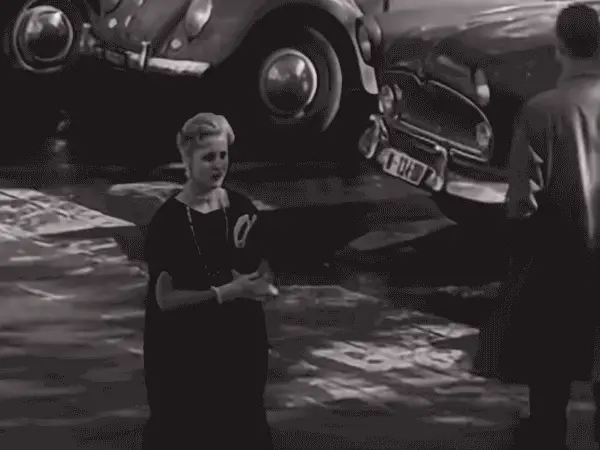
Inspired by this work, Pierpaolo Piccioli opened his debut show with a new interpretation of the Sack Dress. He said, "It was a complete subversion, a deliberate liberation." The waistless freedom of the Sack Dress was reconstructed: the fabric was lighter, the silhouette more open, and the exploration of the body's fluidity. Sleeves extended, shoulders dropped, and hems touched the ground, each line imbued with a subtle softness and confidence. It wasn't about showy tailoring, but rather a "physical quietude," a gesture almost healing.
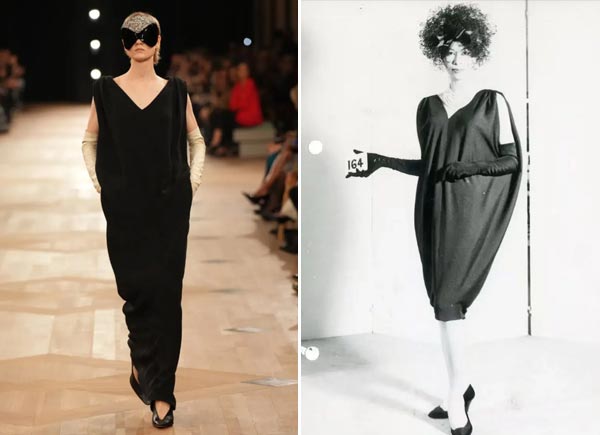
As Pierpaolo Piccioli said, "Respecting the creations of my predecessors, embracing the work of Cristóbal Demna and Nicolas Ghesquière, I don't deny what existed before me; that's even more revolutionary."
For him, Balenciaga's history is not just a museum, but a heartbeat and breath that can be revisited. The Summer 26 collection wasn't a resurgence, but rather a gentle transition.
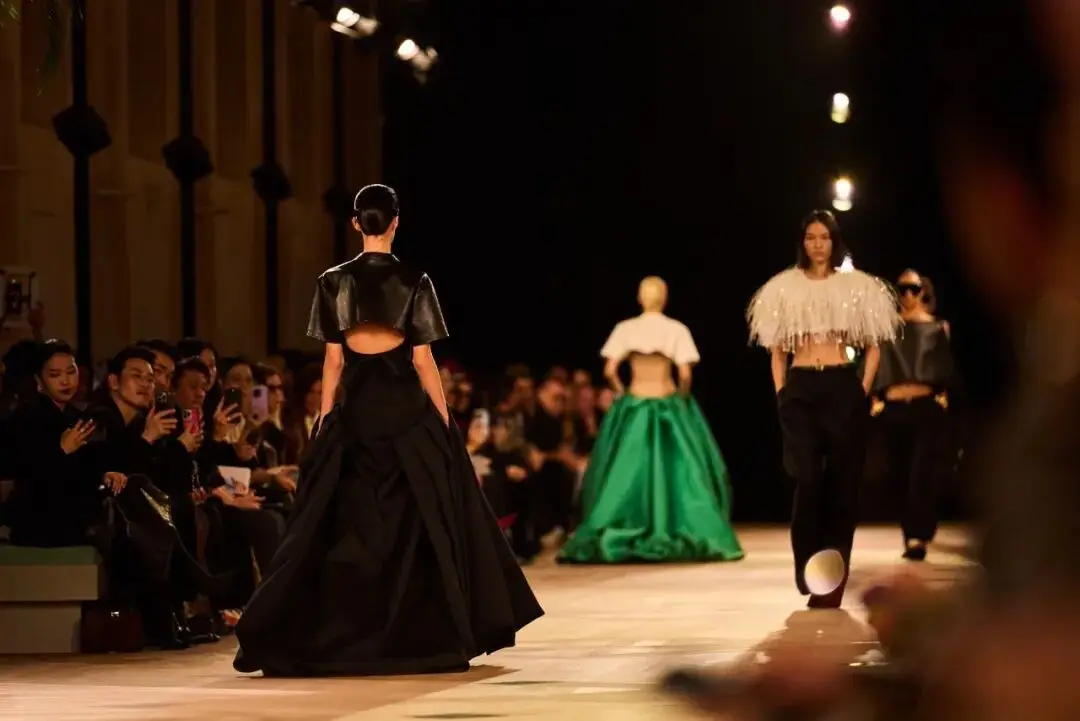
Meanwhile, his pre-show interview statement of "embracing the creations of our predecessors" was borne out on this season's runway. In his debut collection, Pierpaolo Piccioli recreated the brand's golden age, particularly the work of Cristóbal Balenciaga from the 1950s and 1960s.
"Cocoon" tailoring, skirts that dropped to the hips, and architectural silhouettes—these exquisite craftsmanship earned Cristóbal Balenciaga and the brand well-deserved acclaim of the era. Of course, Pierpaolo Piccioli also incorporated his own color signature: "I wanted to remember Mr. Balenciaga's work and transform it, not simply imitate it."
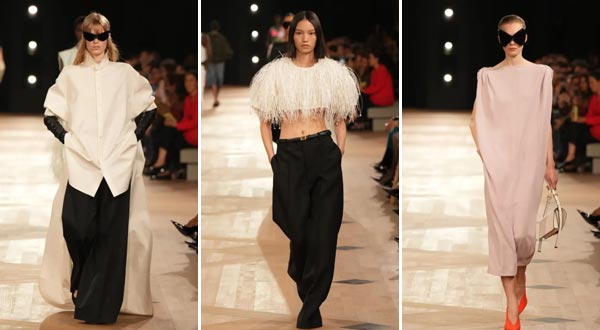
Pierpaolo Piccioli's Balenciaga Summer 26 collection not only recreates the brand's vaunted "architectural" aesthetic but also imbues the garments with a warmth they should have. This collection explores the relationship between fabric and the body, and the third dimension created between them, as the essence of the garment's vitality. Expansive, voluminous coats alternate with airy tulle skirts; cool metal buttons juxtapose delicate hand-pleats; oversized tops and draped bottoms, combined with soft light and rhythmic sound waves, seem to tacitly convey the rhythm of a heartbeat.
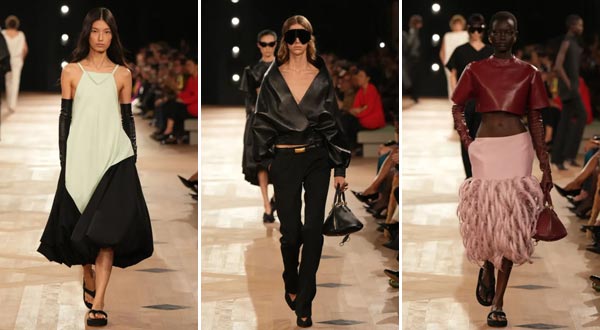
At the same time, Pierpaolo Piccioli hasn't erased the sharp edge Demna left on the brand. This season, he juxtaposed minimalism with streetwear: slouchy suit trousers and jeans, futuristic sunglasses, and softened leather jackets—all of which remind us that Balenciaga remains contemporary and avant-garde, but now its clothes should also be conceived for the body in motion.
Midway through the collection, color slowly emerged. Pierpaolo Piccioli's signature oversized silhouettes and color experiments continued in his Balenciaga debut. Nude pink, light olive, terracotta, purple—brighter colors permeated the brand's signature black and gray palette with a rhythmic, almost breath-taking rhythm. As Pierpaolo Piccioli said, "The heartbeat is our common rhythm, the testament to our human nature. Yet, every heart possesses its own unique rhythm."
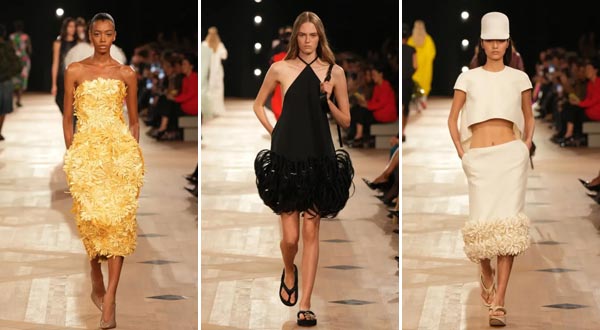
Of course, Nicolas Ghesquière's iconic Spring/Summer 2008 "Garden Armor" collection also found its way into Pierpaolo Piccioli's reimagining. Similar prints were transferred to intricately crafted dresses. Fabric, color, and shape coalesced into a single, unwavering statement.
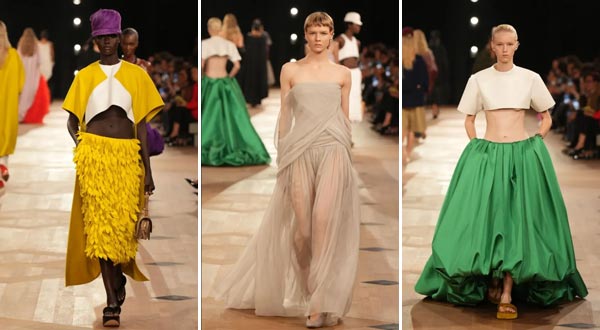
Balenciaga's Summer 26 collection, with its architectural construction and impeccably pure tailoring, radically reshaped the body's silhouette. Floral and feather embroidery, crafted from raw fabric, became more than just decorative elements.
Pierpaolo Piccioli avoided creating a unique spectacle for this season's debut show. Instead, he gently rekindled the heartbeat of Balenciaga, demonstrating that people are always at the core of Balenciaga's creative philosophy.
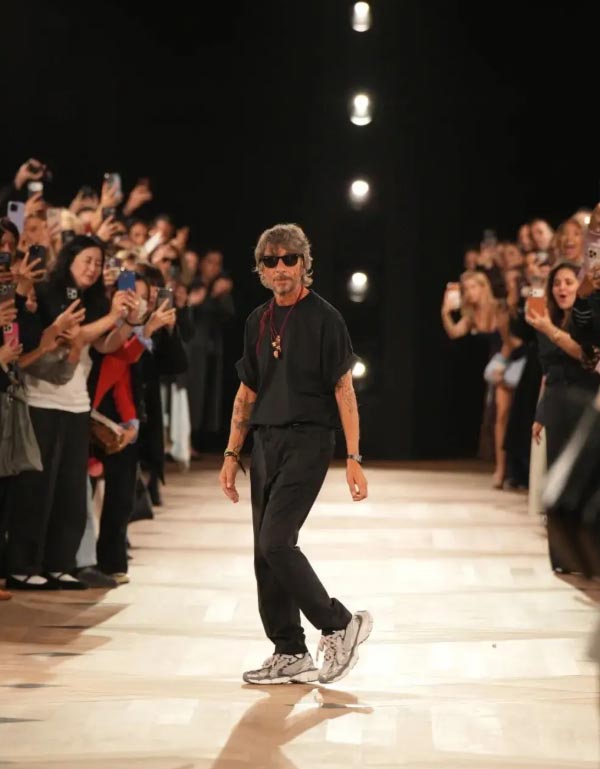
Inspired by the iconic GAZAR fabric created by Cristóbal Balenciaga in 1958, it features a base layer of tulle made from irregular slub yarn. Its naturally broken and intentionally imperfect texture creates a dynamic surface. The second layer is made of softer organza, whose continuous threads lend support and flexibility to the silhouette.
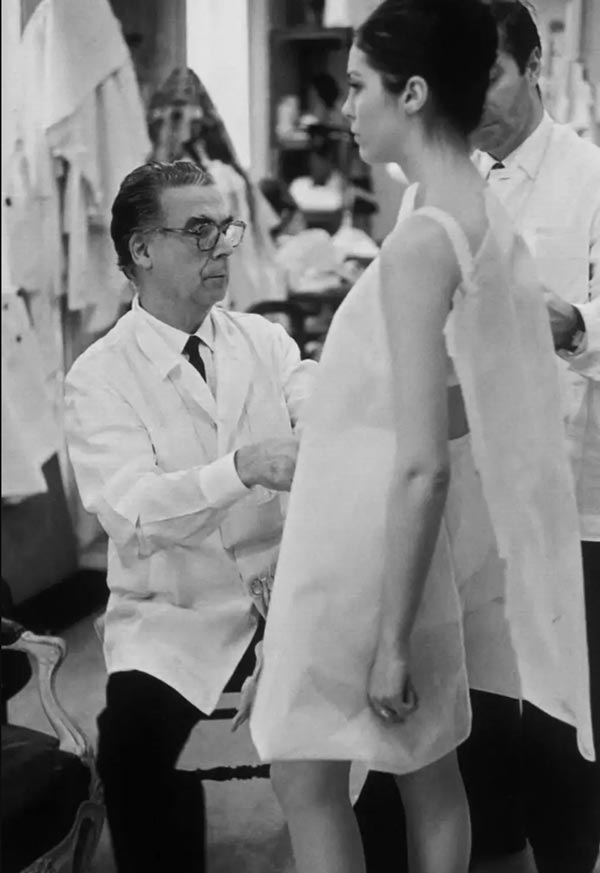
Pierpaolo Piccioli chose to retain the visible tulle effect on the outer layer while carefully incorporating a blended weft (silk and wool) into the organza layer. This added yarn softens the stiffness of the organza, giving the NEO GAZAR its signature airiness and lightness while reducing rigidity, making it more suitable for haute couture tailoring.
A Balenciaga signature, the Le City motorcycle bag remains a key focus for Pierpaolo Piccioli this season, with the bags' colors primarily matching the hues of the outfits.
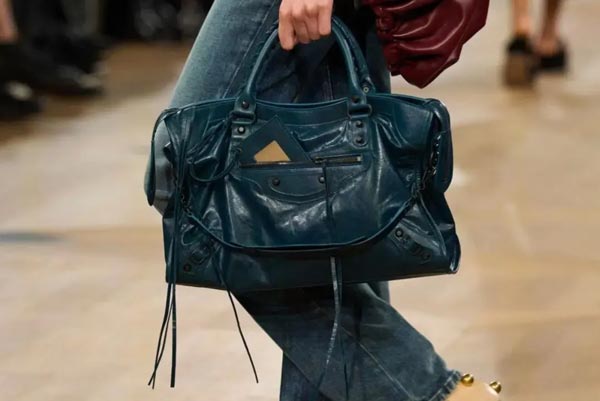
Also continuing the architectural aesthetic of Balenciaga's Summer 26 collection were other new handbag styles, each just as striking as the star-studded Le City motorcycle bag.
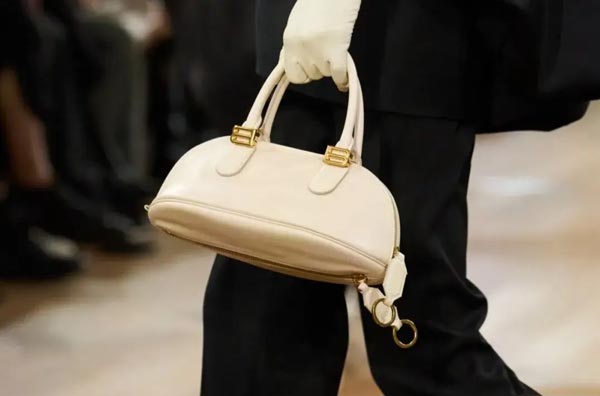
Compared to Demna's craze for exaggerated sneakers during his tenure, Pierpaolo Piccioli's debut collection featured a vibrant array of platform flip-flops and pointed-toe heels.

%20--%3e%3c!DOCTYPE%20svg%20PUBLIC%20'-//W3C//DTD%20SVG%201.1//EN'%20'http://www.w3.org/Graphics/SVG/1.1/DTD/svg11.dtd'%3e%3csvg%20version='1.1'%20id='图层_1'%20xmlns='http://www.w3.org/2000/svg'%20xmlns:xlink='http://www.w3.org/1999/xlink'%20x='0px'%20y='0px'%20width='256px'%20height='256px'%20viewBox='0%200%20256%20256'%20enable-background='new%200%200%20256%20256'%20xml:space='preserve'%3e%3cpath%20fill='%23FFFFFF'%20d='M194.597,24.009h35.292l-77.094,88.082l90.697,119.881h-71.021l-55.607-72.668L53.229,232.01H17.92%20l82.469-94.227L13.349,24.009h72.813l50.286,66.45l58.148-66.469V24.009z%20M182.217,210.889h19.566L75.538,44.014H54.583%20L182.217,210.889z'/%3e%3c/svg%3e)




